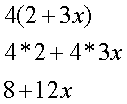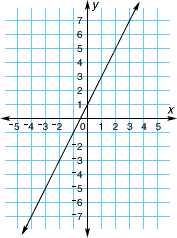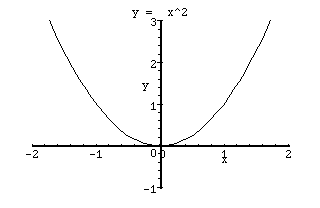Algebra is a type of
mathematics that is used to
determine unknown variables. This section is not
designed to teach Algebra, but to help remind what
Algebra looks like (I know for me, the last time I
looked at a variety of Algebra problems was well
over 10 years ago!).

The above sample is an example of a
simple algebra problem. To solve this equation, we
must know at least 2 of the variables:

Proportions are just another version
of ratios, and are found in the following manner:


A monomial is an expression for a
single number variable: a=5 for example. Algebra is
used to solve a combination of monomials like
binomials and polynomials. The method for solving a
binomial or polynomial equation is called FOIL
(First, Outer, Inner, Last).
A binomial:

A polynomial:

Other Algebraic techniques include a
distribution function. This is used to simplify two
or more terms in order to make a problem easier to
work:

Graphing is also a part of Algebra,
and two of the famous types of equations that are
used to plot a graph is the Linear Equation and the
Quadratic Equation.
A linear equation is used to plot a
single line based on a slope:
| To the right is a graph that plots the
following linear equation: y = 2x + 1
Image Credit |
 |
A quadratic equation is used to plot
curves and parabolas based on more than one
variable:
 |
To the left is a graph of the following
quadratic equation: y = 2x2 +
2x - 2
Image Credit |
Back
to Top |

